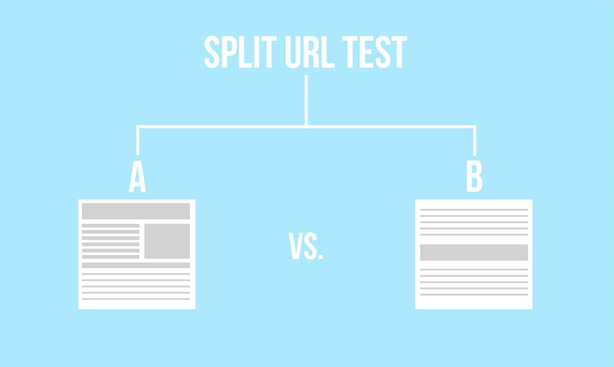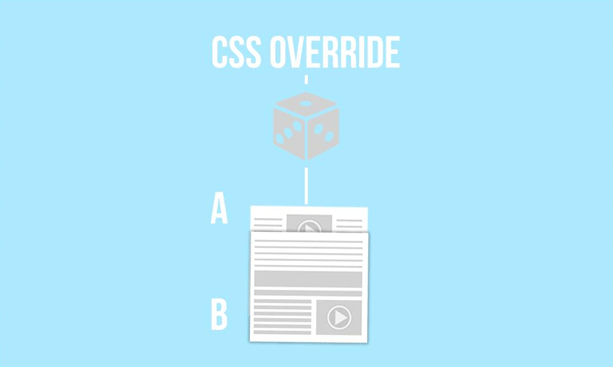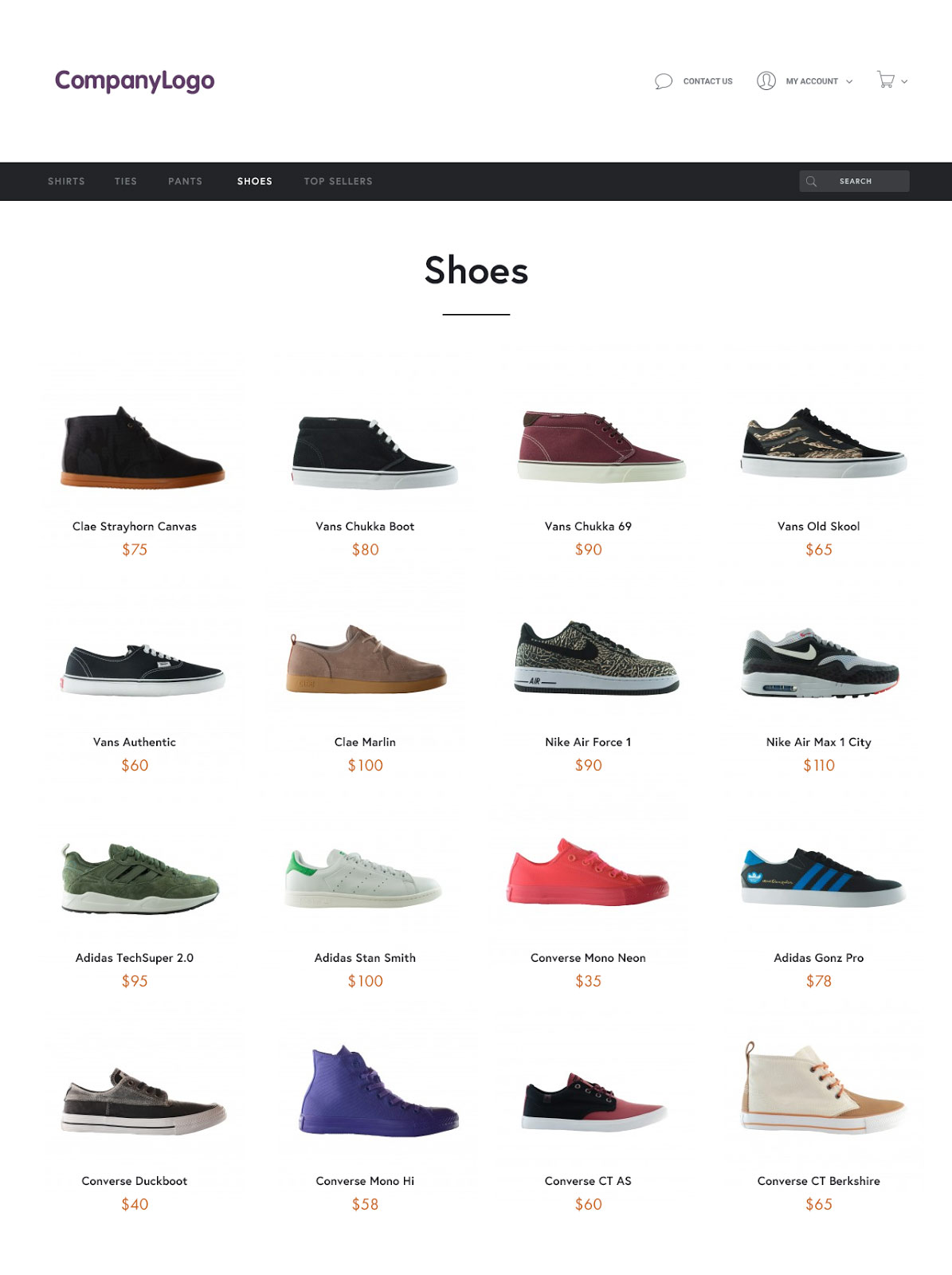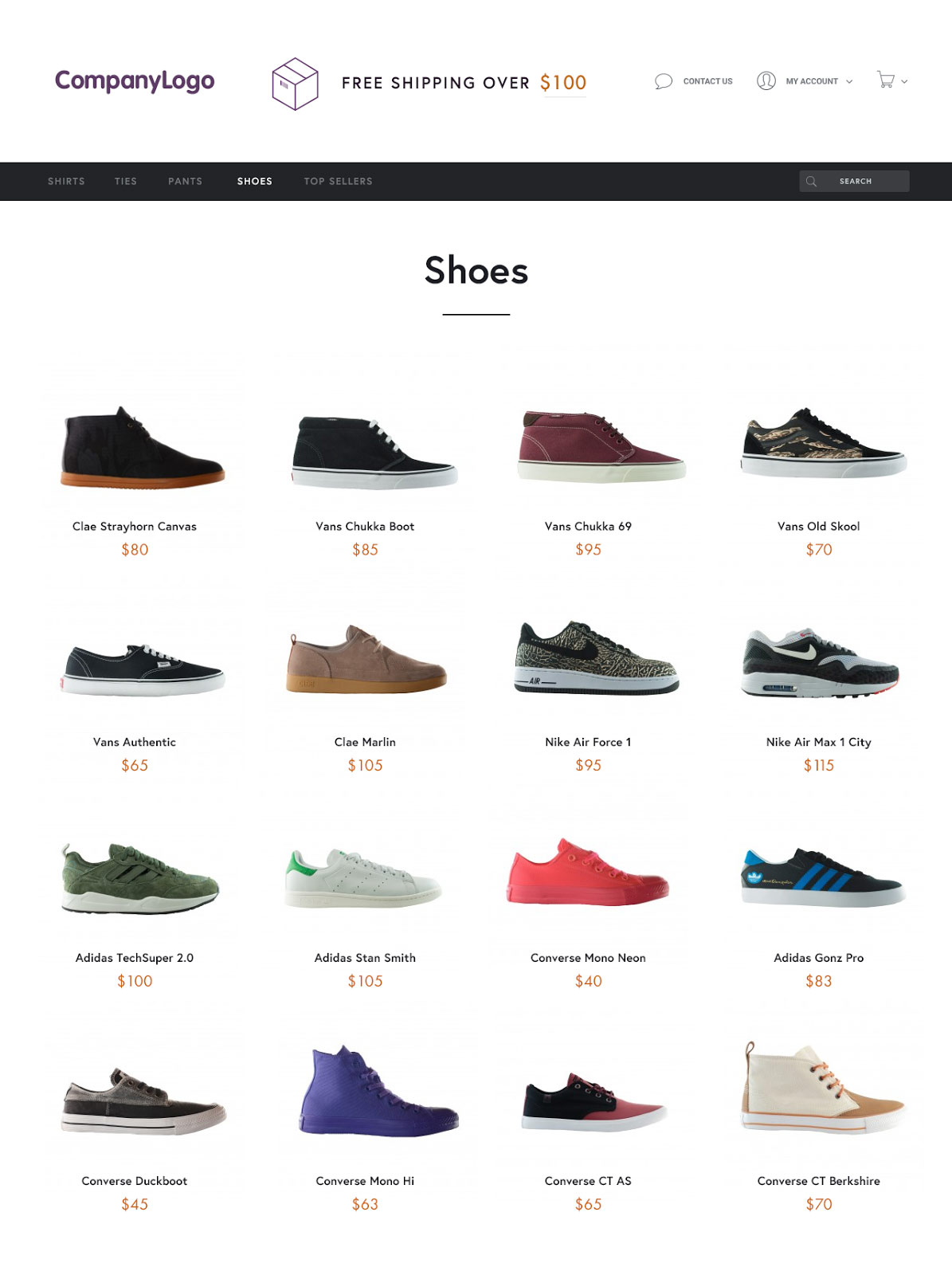Offering free shipping will improve your conversion rate. Guaranteed! But, it also can kill your profit margins if you’re not careful.
So, how do you make free shipping profitable?
In this article, I’ll review four simple tests that any e-commerce store owner can run to maximize profits on a free shipping offer. If you do this right, you can see 15-30% improvement in net profit (not just conversion). The steps are:
- Establish a Baseline: Compare conversion with and without a free shipping offer.
- Create Thresholds: Increase the minimum order value required for free shipping, and test the improvement in margin.
- Set Restrictions: See what kind of improvement you’ll get by offering free shipping only on select products where it is profitable.
- Enact Price Increases: Increase all your product prices to compensate for the loss you take on free shipping, and see how your profit compares.
We’ll use real data from an e-commerce site that ran these experiments. To maintain client confidentiality, I’ve drafted some sample screenshots using a generic logo rather than the company-specific page. The tests and data, though, are real.
Let’s dive in!
Why You Should Offer Free Shipping
Adding free shipping to e-commerce sites is a surefire way to improve your conversion rate. Do a quick search on “Free Shipping Conversion Rate” and you’ll find plenty of case studies:
- Red Door found that adding a free shipping threshold to NuFACE increased orders by 90%
- 2 Big Feet did a similar experiment on their own and increased orders by 50%
- Comscore found that Free Shipping Day increased sales by 16%
Any e-commerce owner is going to be thrilled to raise orders/sales by this much. However, unless repeat purchases drive a large portion of your sales, offering free shipping may not be profitable. It’s not worth offering free shipping unless you can make the offer profitable.
Many store owners have tried free shipping in the past, gotten burned by low profit margins, and simply refuse to do any further testing. This is a common objection, and I want to review how you can overcome this to truly maximize your site.
How to Set Up Your Tests
Before you do any type of A/B testing, you have to be clear on what you are optimizing for. In e-commerce, this is particularly important, as there are tradeoffs between optimizing for net margin versus optimizing for lifetime value.
For the tests below, I strongly recommend optimizing for net profit per visitor. While both Visual Website Optimizer and Optimizely make optimizing for revenue easy, optimizing for net profit per visitor is more difficult because you need to actually track what products are purchased in order to understand your margins on each product.
To optimize for net profit, you should create two different site versions and do a split URL test rather than a standard A/B test using CSS overrides. This will make the net profit calculations much easier.
Here’s what I mean:
You could do a “hack” and do a simple CSS override where you change the prices on the front-end, but not on the back-end. But, that’s kind of a bad customer experience, so it’s much better (at least I think) to create two separate site versions.
OK, now the actual tests:
1. Establish Your Baseline
Before even worrying about whether you can make free shipping profitable, you need to test how much making the offer will lift your conversion rate in the first place. If offering free shipping won’t raise conversion, why go through all the trouble?
First, you should A/B test your conversion rate with and without the free shipping offer. Here’s an example test:
Original Header
Test Header – Free Shipping Added
This test is easy to implement visually. You simply need to make a free shipping offer in the header. But, to be able to offer this, I’d recommend coding up two different versions of the site so that you can more easily track which orders you offer shipping on and which you don’t.
Here are the results:
- Conversion Improvement: +26%
- Average Order Value: +5%
- Net Margin/Order: -32%
Total Improvement in Profit = (1.26) * (1.05) * (0.68) = -10%
This is what I label your “baseline improvement” in conversion. It shows you how much “potential” you have to boost conversion rate/profit. Looking at the numbers above, we know we have a big opportunity. A 26% lift in conversion is huge! Now, it’s just a matter of running a few more tests to see if we can get profits up at the same time.
(Boosting conversion at the expense of profit may not be a bad thing if you are looking to optimize toward customer LTV. For example, if repeat business is a large portion of your sales, it’s worth taking a lower upfront profit to get new customers, and maybe you could even dynamically offer free shipping depending on whether someone is an existing or new customer. But, to keep things simple, we’ll assume that net profit is the goal.)
Here’s what you do next:
2. Shipping Thresholds
The most obvious way for you to save your margins while offering free shipping is to raise your threshold. This “forces” customers to spend more to get free shipping and helps to raise your margins.
For example, this store originally offered free shipping on orders over $100, but what if you offered:
- Free shipping over $125
- Free shipping over $150
Setting up an experiment for this is simple. Just change out the header values and edit the code to change the price at which free shipping is offered. Here are screenshots to illustrate this:
Test Headers – A and B
Free Shipping Over $125 – A
Free Shipping Over $150 – B
Here are the results:
Version A – $125
- Conversion Improvement: +20%
- Average Order Value: +10%
- Net Margin/Order: -13%
Total Improvement in Net Profit/Visitor = 15%
Version B – $150
- Conversion Improvement: +8%
- Average Order Value: +8%
- Net Margin/Order: -5%
Total Improvement in Net Profit/Visitor = 11%
Yes! Adding thresholds beats the original Free Shipping Over $100, with a lower threshold actually performing better on net profit and conversion improvement.
This type of “tipping point” is common when testing thresholds. If you ask customers to make too high an investment, you scare them away; too low and you don’t have enough margin. The name of the game is to figure out the exact price at which to offer free shipping in order to get your best threshold.
You can imagine limitless possibilities here for prices, but I strongly recommend keeping things simple. Offers like “Free Shipping Over $105!” tend to confuse consumers as it’s not a standard price.
At this point, you could stop testing and use Free Shipping Over $125 as the winner. But, with a “test everything” attitude, there still are two other things you should try in order to get your highest total profit:
3. Restricted Shipping
A third easy way for you to make free shipping offers work for you is to offer them only on products where you know the shipping cost is low. Here’s an example:
Restriction – Shoes Only
This type of offer is “safe” because you know you can afford to make this type of offer long-term. It’s also easy to implement. Again, simply a visual change in the header, and then some coding in the cart to be sure you’re offering free shipping only on orders with shoes.
Here are the results:
- Conversion Improvement: +8%
- Average Order Value: +2%
- Net Margin/Order: -2%
Total Improvement in Net Margin = 8%
A restriction worked better than the original free shipping offer in this case simply because it didn’t cut into the margin. But, it stinks when compared with the threshold. It’s also interesting to note that in this test, sales of shoes compared with the other product lines remained flat.
Restrictions generally work best when you have one type of product that dominates your sales and has a low shipping cost. For example, if most customers are coming to your site to buy shoes, then of course offering free shipping on shoes is going to appeal to a large number of your customers. If, on the other hand, you have a variety of products, then you shouldn’t expect a huge improvement from offering shipping only on one product.
Once you’ve reached this point, you’ve got one test left:
4. Test Higher Product Prices
The last “trick” in your bag is to try combining higher product prices with an offer of free shipping.
Generally, increasing prices will lower conversion, but the key here is the total combined net effect of the price increase with the conversion decrease.
Enough theory, here’s an example:
Original
Test – Higher Prices and Free Shipping
The store increased prices on all items in the test version with free shipping by ~10%. (The higher prices were to offset the shipping costs.) Note that you absolutely must design two different versions of your site to truly implement this test. It’s much easier to create two different versions of the site and test them against each other in a split URL test than to do a “hack” with standard A/B testing software.
Here are the results:
- Conversion Improvement: +18%
- Average Order Value: +15%
- Net Margin/Order: -5%
Total Net Improvement = (1.18) * (1.15) * (.95) = 26% Improvement in Net Margin
(Boom!!)
Doing a simple price increase across the board decreased conversion rate improvement but raised average order value and net margin per order enough to make up for this. This test crushed the previous baseline and showed a 26% improvement in net margin. Winner!
Will this work for you? It depends on how competitive your niche is:
- Unique, Non-Competitive Niche: You likely can combine free shipping with a price improvement and see a total net improvement in margin. This is because customers aren’t “price shopping” and you have some leverage with your product.
- Commodity/Competitive Niches: If you’re selling used laptops, car parts, etc., then this strategy may not work as well for you, although it’s still worth testing. Consumers aren’t always rational when making a purchase. And, if your competitors are not offering free shipping, it’s worth trying it out.
Again, because price testing requires a bit of coding work, it’s best to leave these tests to the end. But with results like this, it’s well worth the effort.
Summary
Don’t stop at free shipping alone! Once you’ve determined how much free shipping lifts your conversion rate, try adjusting your thresholds, using restrictions, and increasing your prices to squeeze some additional profits from your free shipping offer. See if you can find the ideal combination of higher conversion rate and profits that give you a profit boost and new additional acquired customers.
About the Author: Andy Hunt is the lead optimizer at Uplift, where he oversees all optimization challenges. For more CRO tips, you can follow him on Twitter @upliftroi.









Comments (12)